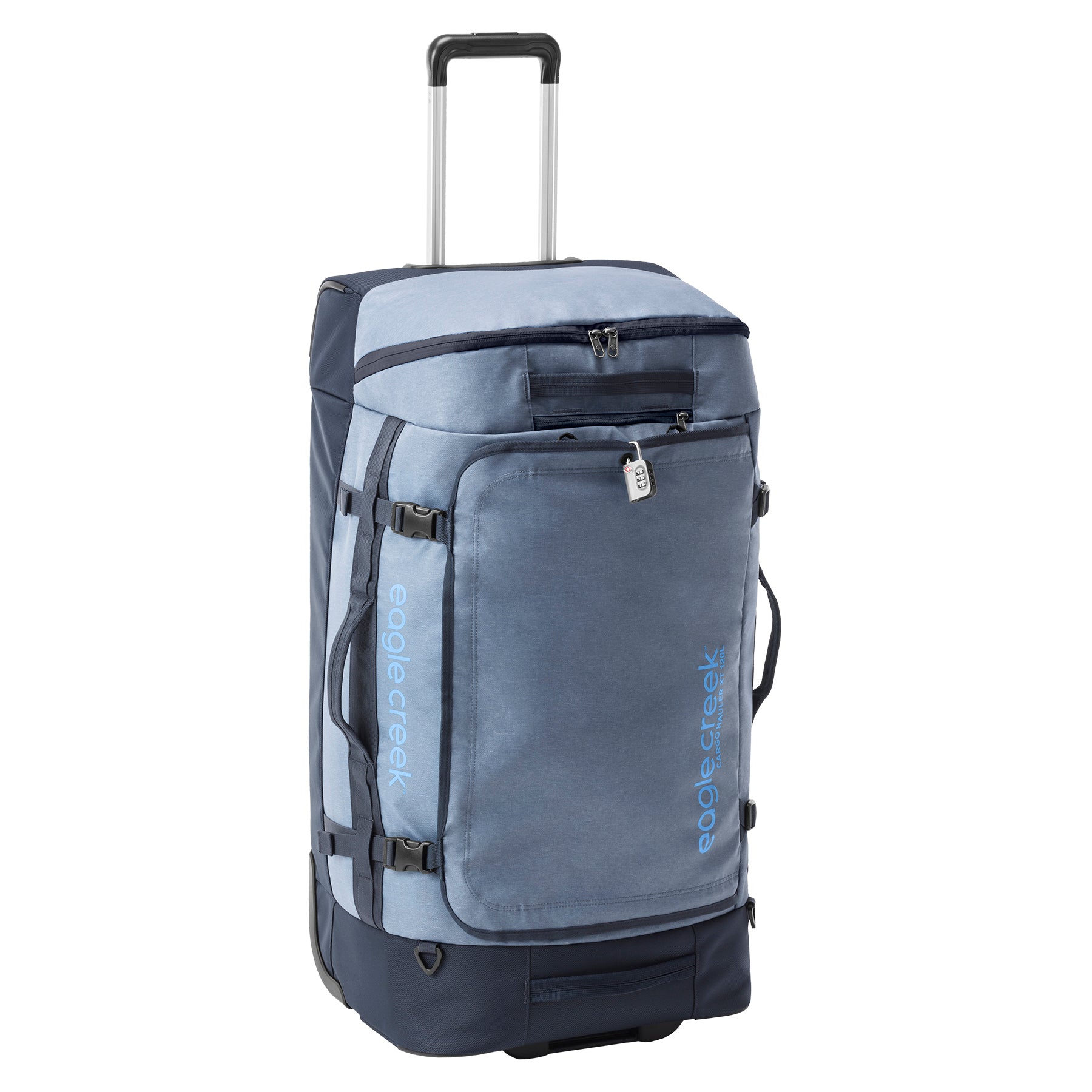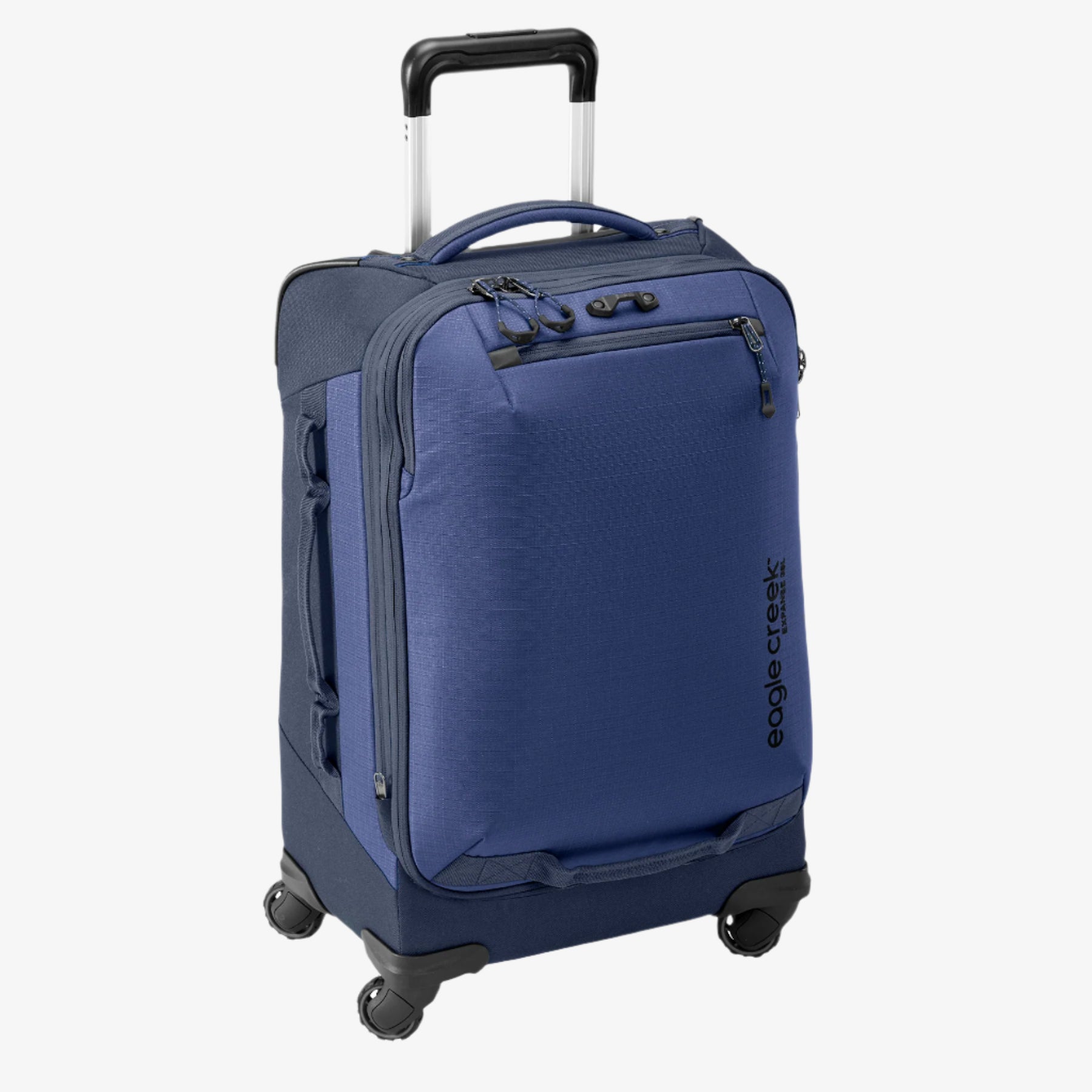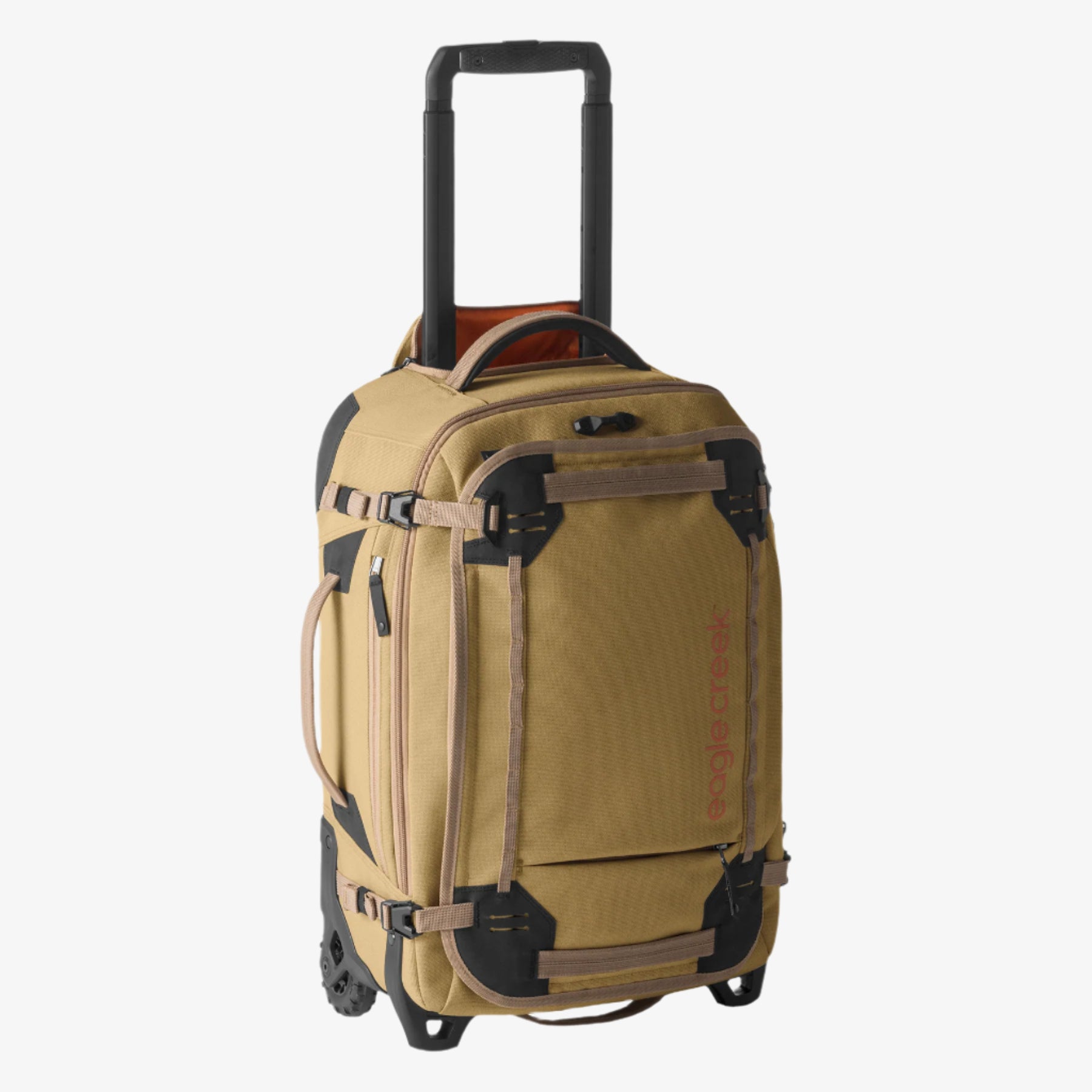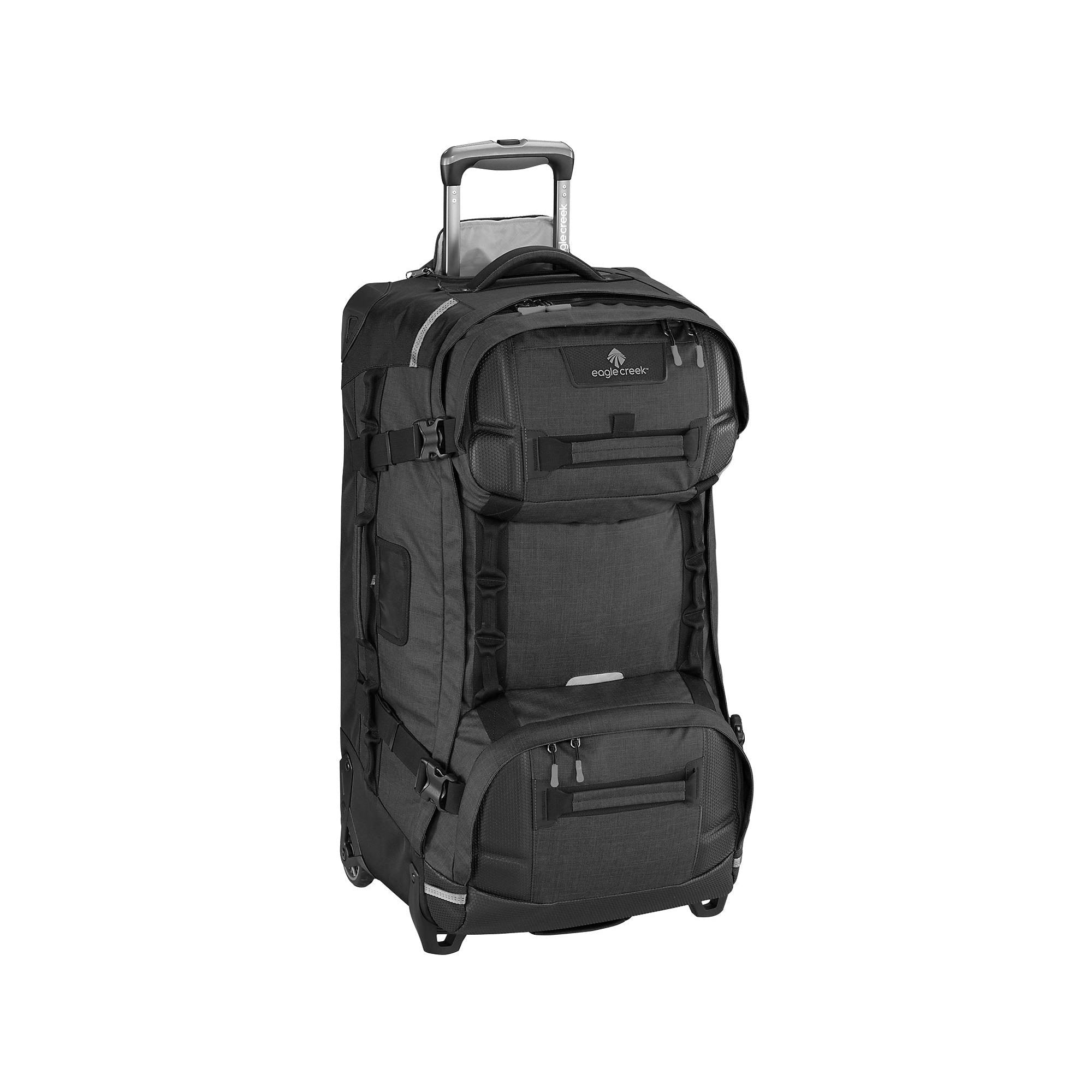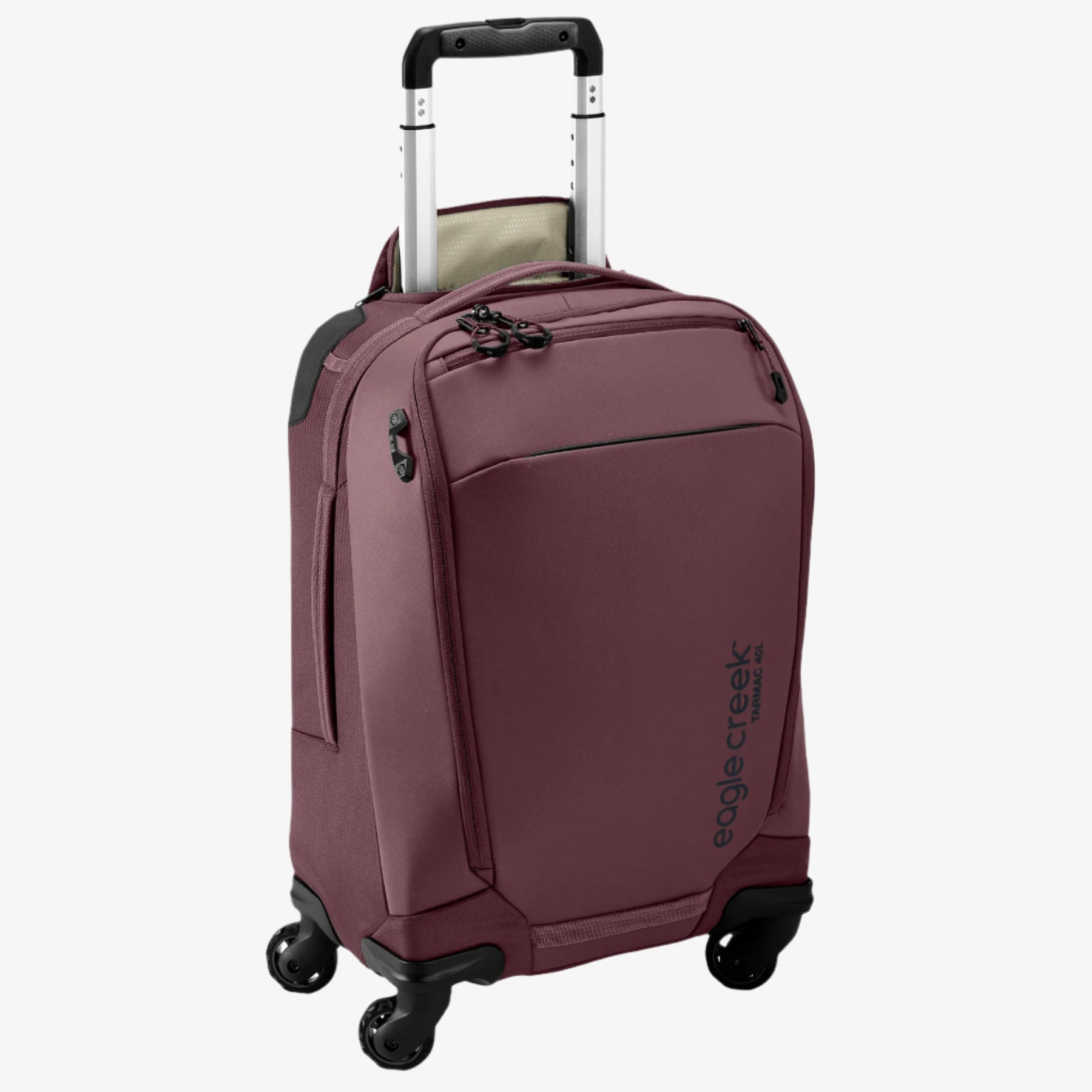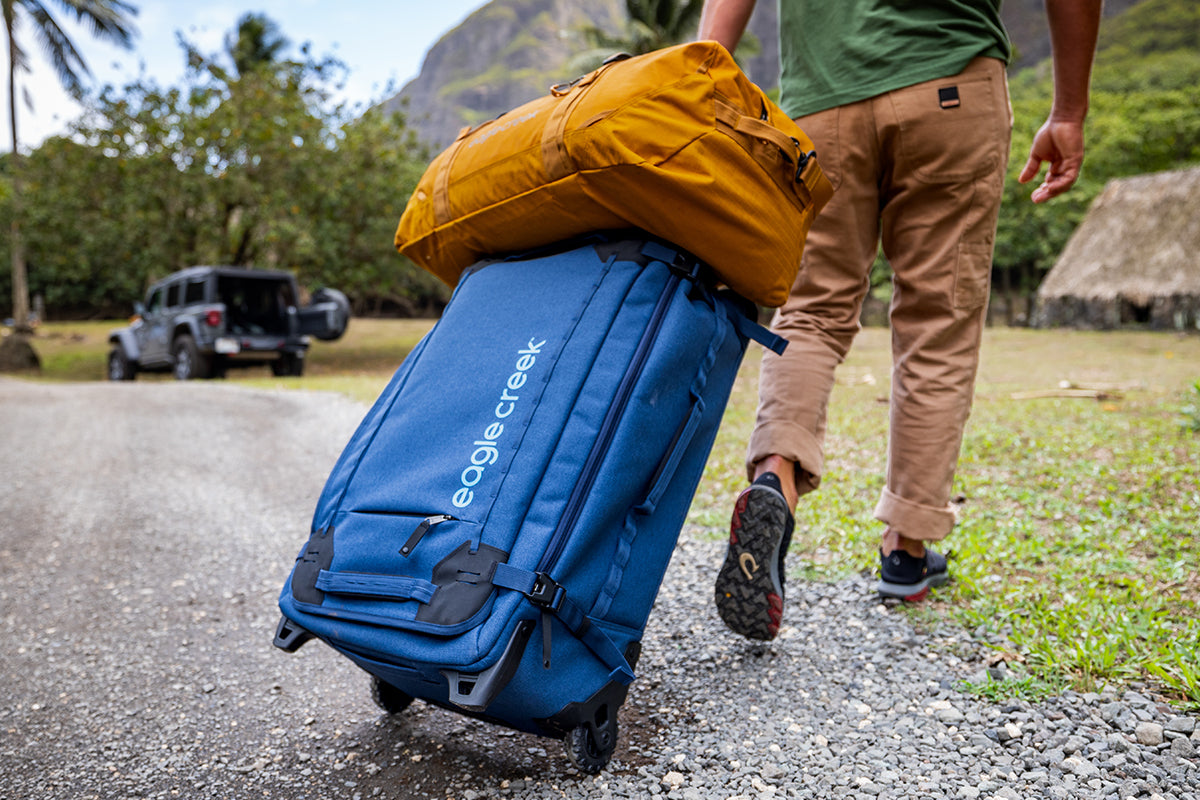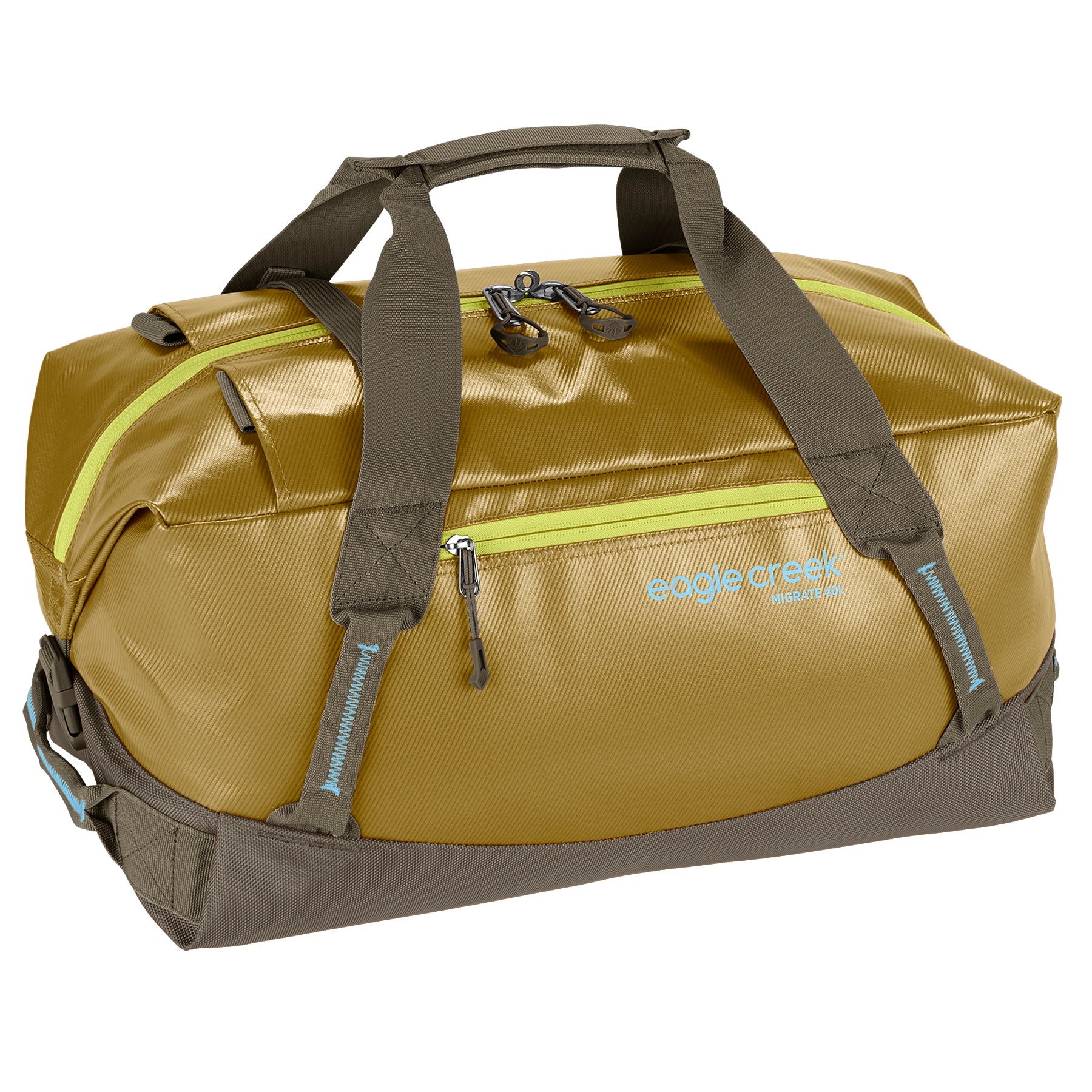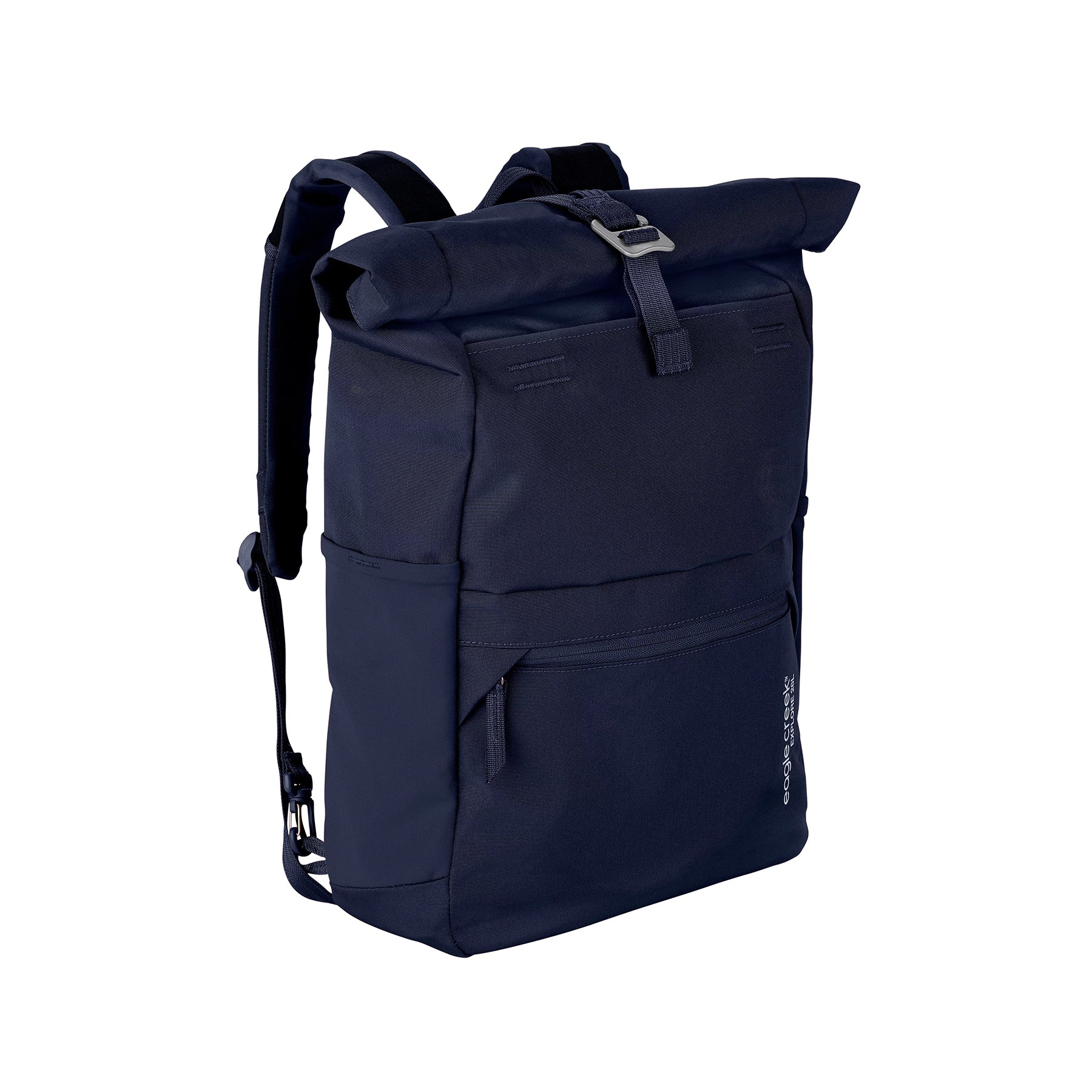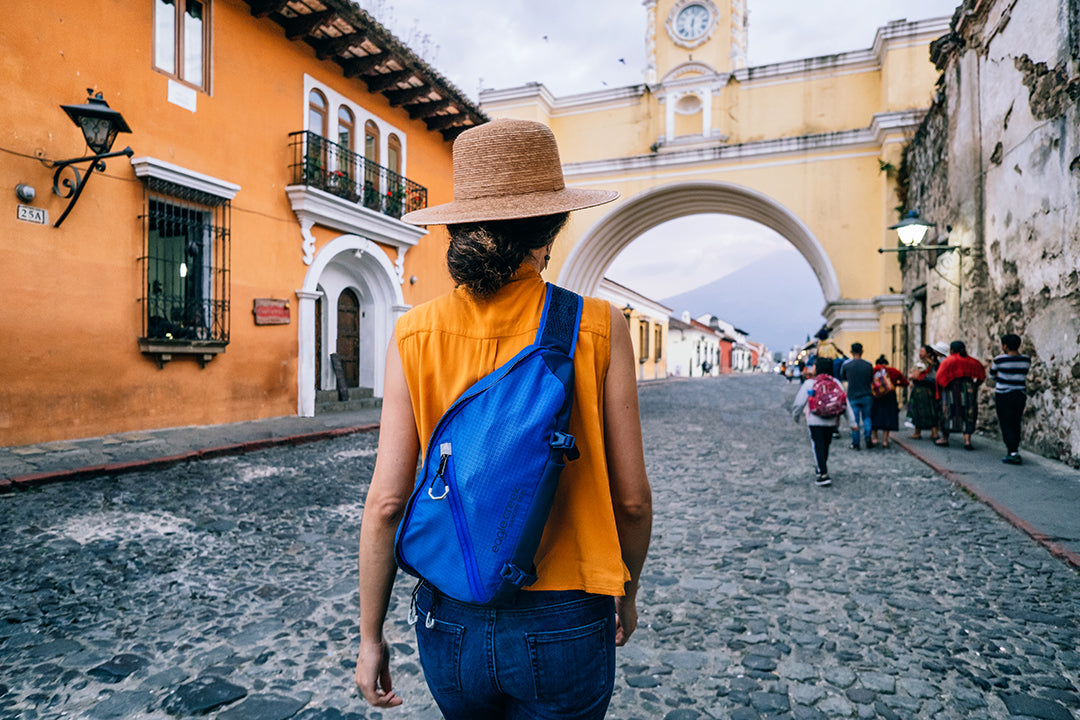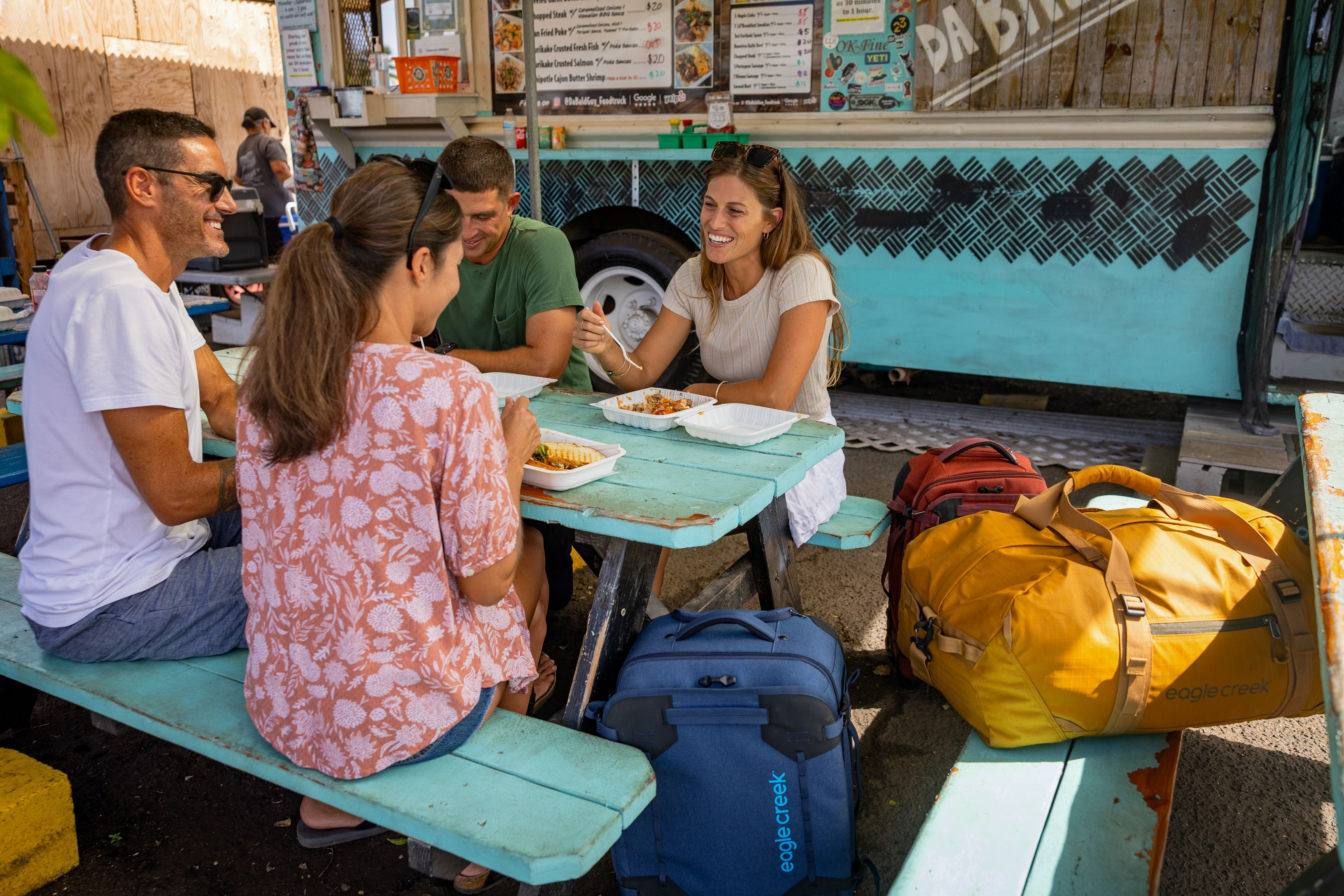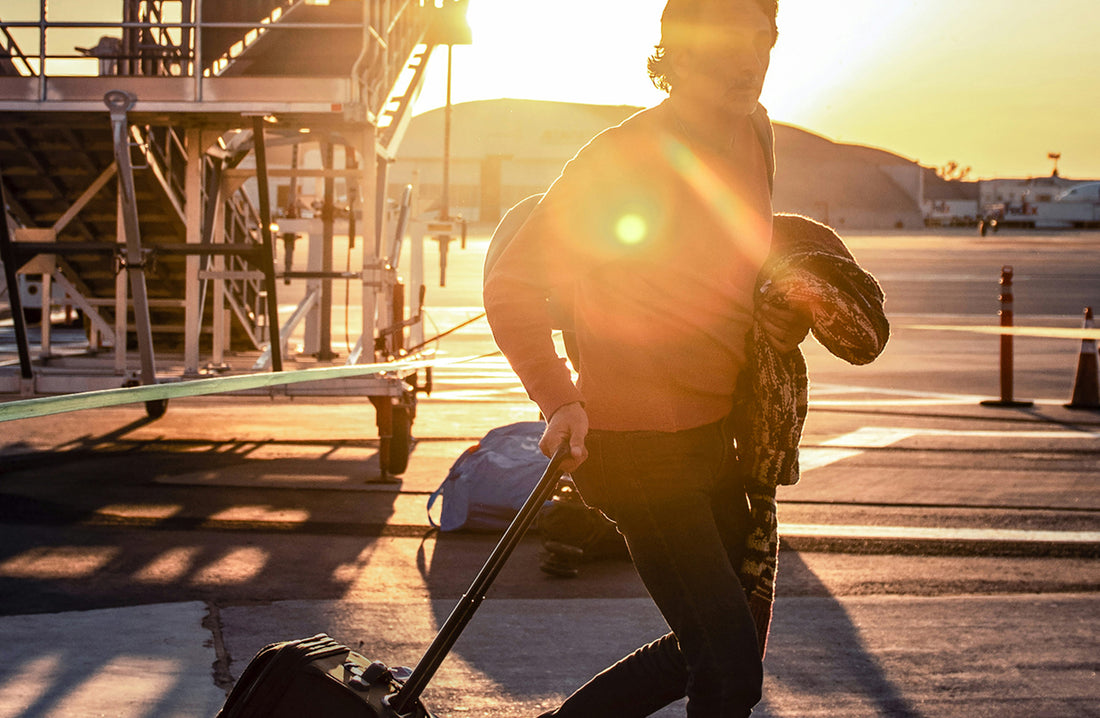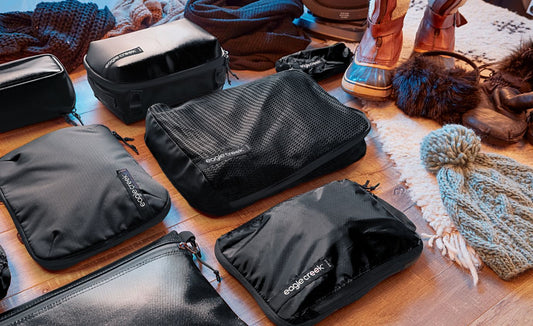Flying standby is a term we frequently hear while at the airport. Yet, the concept is often misunderstood. What does flying standby mean, exactly? And how does flying standby work? If you’ve ever been confused about the benefits of standby travel, you’ve come to the right place. Ready for a tutorial on the advantages of flying standby? Start packing—we’ve got you covered.
What Does Flying Standby Mean?
In air travel, flying standby is a request to take a flight that is different than the one a passenger was originally ticketed for. It differs from regular bookings in that standby passengers do not have a guaranteed seat on the plane. Standby passengers are taking a chance that a seat may become available last minute on a different, typically earlier, flight.
The reasons a traveler will want to be added to the standby list vary. Perhaps, you’ve arrived at the airport with enough time for an earlier departure. Or, maybe your flight was delayed or canceled. What if you’ve been bumped from your original flight due to overbooking? Whatever the reason, flying standby is a good travel option when your plans are flexible. It’s important to be prepared. It’s equally important to understand consumer protections while flying.
The days of flying standby without purchasing a ticket are long gone. Most airlines don’t allow passengers to fly without a pre-purchased ticket. But, there are other ways to make the most of standby travel today.
The Pros and Cons of Flying Standby
The biggest benefit of standby travel is being able to get to your destination earlier than planned. Another benefit is the ability to add extra time between connecting flights. Tight connections are bound to cause stress. When getting on an earlier plane, you’ll have a more comfortable flight knowing you won’t be rushing to connect.
On the flip side, flying standby comes with some risk. What happens when you change to an earlier flight only to be delayed on the tarmac and watch your original flight take off before you? A frustrating situation, indeed. Also, standby is only possible without checked baggage. Eagle Creek’s Expanse 4-Wheel Carry-On and its rugged Gear Warrior XE 4-Wheel Carry-On are ideal traveling companions for flying standby.
Overall, the circumstances where standby travel is most beneficial are when passengers have flexibility built into their schedules. Having an open mind, a good attitude, and patience is crucial, too.
How to Fly On Standby—Maximize Your Chances
A few simple steps will help passengers increase their chances of flying standby:
- Understand the standby policy for the airline in which you are flying.
- Request a spot on the standby list as soon as you can. If possible, call to add yourself to the list rather than waiting until you reach the airport. Often, the list is on a first-come, first-served basis.
- Avoid traveling during peak times like holidays and weekends.
- Bring carry-on luggage only.
- Get to the departure gate of the flight in which you want to travel on standby early. Don’t leave the gate area—you may miss hearing your name.
- Be patient. You could be the very last person to board.
- Be polite. Gate agents often have the final say about who gets that last seat. Treat them with kindness.
- Join loyalty programs. This may be helpful with airlines that give priority to their members.
When Flying Standby, Follow the Rules
As noted above, each airline has its own rules for flying standby. The more you know about your airline carrier’s policies, the better. A few examples follow. But as they are subject to change, always refer to the airline’s website for the most up-to-date information.
- Alaska Airlines: Same-day standby for passengers with tickets. Standbys are only offered on a handful of nonstop flights. Passengers must be at the gate 30 minutes before departure.
- American Airlines: Charges a $75 fee for standby tickets for economy class passengers. The fee is waived for loyalty members and the military.
- Delta Airlines: Charges a $75 fee. However, basic economy passengers aren’t eligible for standby flights. Loyalty members are offered same-day confirmed changes for free.
- JetBlue: Charges a $75 fee, but is only applicable for sold-out flights between the same route on the same day.
- Spirit Airlines: Charges $99 for standby travel on earlier flights.
- Southwest Airlines: Requires that passengers ask to be added to the standby list at least ten minutes before the departure of the original flight. If the passenger fails to do so, the airline will mark them as a no-show.
The Check-In Process for Flying Standby, and Other Helpful Tips
So, how do you fly standby? Aside from getting to the airport earlier, the check-in process for flying standby is no different than it is for your original ticket. After getting your boarding pass and ensuring you don’t have luggage to check, simply head toward airport security, as usual.
If you haven’t already, inform the airline of your intent to take an earlier flight and get added to the standby list. Not surprisingly, solo travelers have better odds of getting on standby. Next, be prepared to wait. And wait. Make sure your personal bag items for flying include a good book, some healthy snacks, and a lot of patience.
When the flight begins boarding, keep your ears tuned to hear your name. Say a little prayer to the standby gods.
Travel Tips for Flying Standby
Aside from packing light and staying up-to-date with flight status, there are other tips for navigating the standby process. When available, utilize airline apps. Some apps allow passengers to add themselves to the standby list. Remember airline etiquette—all interactions with airline staff should be cordial and polite. People are always more willing to help you if they like you.
Don’t be daunted by the number of travelers on the standby list. While it varies from airline to airline—and is often dependent on whether you’re traveling over holidays or weekends—more standby passengers get on the flights they desire than you might think.
Should you be lucky enough to get that last coveted spot, don’t complain that it’s the middle seat in row 42 next to the bathroom. Just smile and say thank you. Have a backup plan if things don’t go your way. If you’ve been bumped, or if your flight was canceled, trust that the airline is doing everything it can to get you on another flight.
The Serendipity of Standby
Some of the serendipity of travel is when the unexpected happens. As they say, when one door closes, another door opens. Catching an earlier flight could mean a long layover exploring a new city or catching up with an old friend for lunch. Getting to your vacation destination earlier could result in a few extra hours on the beach.
Not long ago, a passenger who got on a standby flight from New York to Los Angeles ended up seated next to her future husband. It was the middle seat of row 42 next to the bathroom. It just goes to show, that when flying on standby, anything can happen.
Author:
Jamie Edwards is an award-winning travel writer based in Washington DC. She also created I am Lost and Found, a website devoted to inspiring travel. Jamie has traveled to 68 countries and all 7 continents—always seeking stories to tell about her far-flung adventures.
